Home>Furniture & Design>Bathroom Accessories>Why Does My Toilet Seat Turn Yellow
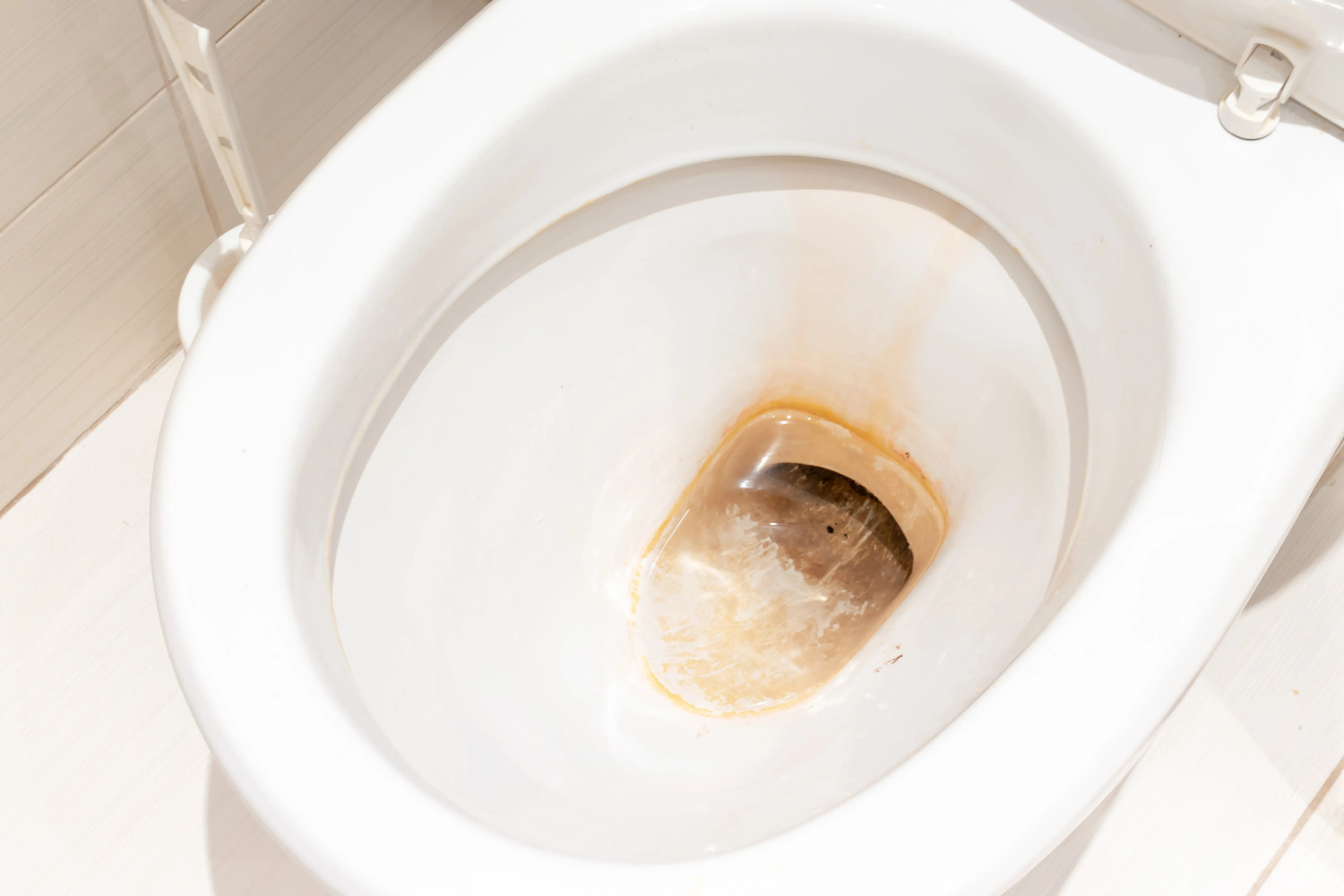

Bathroom Accessories
Why Does My Toilet Seat Turn Yellow
Modified: August 30, 2024
Discover the reasons behind your toilet seat turning yellow and find solutions with the best bathroom accessories. Keep your bathroom looking fresh and clean.
(Many of the links in this article redirect to a specific reviewed product. Your purchase of these products through affiliate links helps to generate commission for Storables.com, at no extra cost. Learn more)
Introduction
Have you ever noticed that your once pristine white toilet seat has taken on a yellowish hue? It's a common issue that many homeowners encounter, and it can be quite perplexing. The sight of a yellowed toilet seat can be off-putting and may leave you wondering about the cause behind this unsightly transformation. Fear not, as we delve into the possible reasons for this phenomenon and explore effective solutions to restore your toilet seat to its former glory.
The yellowing of a toilet seat is not only a cosmetic concern but can also indicate underlying issues that need to be addressed. Understanding the root causes of this discoloration is the first step toward resolving the problem and preventing it from recurring. Whether you're dealing with a plastic, wooden, or padded toilet seat, the factors contributing to its yellowing can vary, making it essential to identify the specific culprit in each case.
In the following sections, we will uncover the common culprits behind yellowing toilet seats, discuss preventive measures to maintain their pristine appearance, and explore effective cleaning and restoration techniques. By gaining insight into these aspects, you'll be equipped with the knowledge and strategies needed to tackle this issue head-on and ensure that your toilet seat remains a spotless and inviting fixture in your bathroom.
Key Takeaways:
- Say goodbye to yellowing! Protect your toilet seat by applying sealants, avoiding harsh chemicals, and promoting ventilation. Regular maintenance and gentle cleaning can keep it looking pristine.
- Restore your toilet seat’s shine! Use gentle cleansing solutions, thorough cleaning processes, and restorative polishes to eliminate discoloration. Regular maintenance and upholstery care can keep it looking fresh.
Read more: Why Did My Toilet Seat Turn Blue
Causes of Yellowing
The yellowing of a toilet seat can stem from various factors, each contributing to the gradual discoloration of this essential bathroom fixture. Understanding these causes is crucial in addressing the issue effectively and preventing its recurrence. Let's delve into the common culprits behind the yellowing of toilet seats:
1. Age and Wear
Over time, the materials used in manufacturing toilet seats, such as plastic or wood, can undergo natural wear and tear. This aging process can lead to the development of microscopic cracks and crevices, which are prone to trapping dirt, grime, and moisture. As these particles accumulate, they can gradually impart a yellowish tint to the surface of the toilet seat, compromising its original appearance.
2. Exposure to Sunlight
Prolonged exposure to sunlight can also contribute to the yellowing of toilet seats, particularly those made of plastic or resin. Ultraviolet (UV) rays can cause the material to undergo a process called photodegradation, leading to discoloration and a yellowish hue. This effect is more pronounced in outdoor bathrooms or in settings where natural light directly reaches the toilet seat.
3. Chemical Reactions
The use of certain cleaning agents and toiletries can result in chemical reactions that impact the color of the toilet seat. For instance, the prolonged use of harsh or abrasive cleaners containing bleach or ammonia can cause the surface of the seat to yellow over time. Additionally, contact with hair dyes, self-tanning products, or other chemical substances can also contribute to discoloration.
Read more: Why Is My Pillowcase Turning Yellow
4. Hard Water Deposits
In areas with hard water, mineral deposits can accumulate on the surface of the toilet seat, leading to a yellowish or brownish discoloration. These deposits, primarily composed of calcium and magnesium compounds, can build up over time, especially around the hinges and crevices of the seat, resulting in unsightly stains and discoloration.
5. Microbial Growth
The moist and humid environment of the bathroom provides an ideal breeding ground for microbial growth, including mold, mildew, and bacteria. These microorganisms can thrive on the surface of the toilet seat, leading to discoloration and the formation of yellowish or dark spots. In addition to affecting the appearance of the seat, microbial growth can also pose hygiene and health concerns.
By understanding these potential causes of yellowing, you can take proactive measures to address and mitigate these factors, ensuring that your toilet seat remains free from discoloration and maintains its pristine appearance.
Prevention and Maintenance
Maintaining a clean and pristine toilet seat involves proactive measures to prevent yellowing and regular maintenance to preserve its original appearance. By implementing the following preventive strategies and maintenance practices, you can safeguard your toilet seat from discoloration and ensure its longevity.
1. Protective Coatings and Sealants
Applying a protective coating or sealant to the surface of the toilet seat can create a barrier against moisture, dirt, and UV rays. For wooden seats, a water-resistant sealant can prevent water absorption and minimize the risk of discoloration. Similarly, plastic seats can benefit from UV-resistant coatings to mitigate the effects of sunlight exposure.
Read more: Why Is My Toilet Bowl Yellow
2. Regular Cleaning and Wiping
Establishing a routine for cleaning and wiping the toilet seat can prevent the accumulation of dirt, grime, and chemical residues that contribute to yellowing. Using mild, non-abrasive cleaners and soft cloths or sponges can help maintain the seat's original color and finish without causing damage or discoloration.
3. Avoiding Harsh Chemicals
Opt for gentle, non-abrasive cleaning agents that are specifically formulated for toilet seat maintenance. Avoid using harsh chemicals, such as bleach or ammonia-based cleaners, as they can accelerate the yellowing process and compromise the integrity of the seat's surface. Additionally, be cautious when using hair dyes or self-tanning products in the vicinity of the toilet seat to prevent accidental spills and stains.
4. Addressing Hard Water Issues
In areas with hard water, installing a water softener or using water filtration systems can minimize mineral deposits on the toilet seat. Regularly inspect and clean the hinges and crevices to prevent the buildup of hard water stains, which can contribute to yellowing over time.
5. Adequate Ventilation
Promoting proper ventilation in the bathroom can help reduce moisture levels and inhibit microbial growth, which can lead to discoloration. Utilize exhaust fans or open windows to facilitate air circulation and prevent the accumulation of humidity, thereby preserving the pristine appearance of the toilet seat.
Read more: Why Is My Ornamental Grass Turning Yellow
6. Periodic Inspections and Maintenance
Regularly inspect the toilet seat for signs of wear, cracks, or discoloration, and address any issues promptly. Tighten loose hinges, repair minor damages, and consider refinishing or resealing the seat as needed to maintain its aesthetic appeal and structural integrity.
By integrating these preventive measures and maintenance practices into your bathroom care routine, you can effectively safeguard your toilet seat from yellowing and ensure that it remains a clean, inviting, and visually appealing fixture in your home.
Cleaning and Restoration
Cleaning and restoring a yellowed toilet seat requires a systematic approach to effectively eliminate discoloration and rejuvenate its appearance. Whether dealing with plastic, wooden, or padded seats, the following cleaning and restoration techniques can help you reclaim the pristine condition of your toilet seat.
1. Gentle Cleansing Solutions
Utilize mild, non-abrasive cleansing solutions specifically formulated for the material of your toilet seat. For plastic seats, opt for gentle cleaners that do not contain bleach or ammonia, as these harsh chemicals can exacerbate discoloration. Wooden seats may benefit from wood-specific cleaners that nourish and protect the surface while removing stains. Padded seats require delicate cleaning to avoid damaging the fabric or padding.
2. Thorough Cleaning Process
Begin by thoroughly cleaning the entire surface of the toilet seat, including the underside and hinges. Use a soft sponge or cloth to gently scrub the seat, focusing on areas with visible discoloration or stains. Pay attention to crevices and edges where dirt and grime tend to accumulate, ensuring a comprehensive cleaning process.
Read more: Why Does My Dog’s Pee Turn The Grass Yellow
3. Stain Removal Techniques
For stubborn stains or hard water deposits, consider using natural remedies such as a paste of baking soda and water or vinegar solutions. These gentle yet effective stain removal techniques can help lift discoloration without causing damage to the seat's surface. Apply the paste or solution to the affected areas, allowing it to sit for a few minutes before gently scrubbing and rinsing thoroughly.
4. Restorative Polishing and Conditioning
After thorough cleaning and stain removal, consider applying restorative polishes or conditioners to rejuvenate the appearance of the toilet seat. For wooden seats, use wood polish or conditioning oils to nourish the surface and enhance its natural luster. Plastic seats can benefit from UV-resistant polishes to mitigate the effects of sunlight exposure and restore their original sheen.
5. Upholstery Care for Padded Seats
In the case of padded toilet seats, pay attention to the upholstery care requirements to maintain their appearance. Spot clean any stains or discoloration using mild upholstery cleaners, and ensure proper drying to prevent moisture-related issues. Regular vacuuming can help remove dust and debris, preserving the cleanliness and visual appeal of padded seats.
6. Ongoing Maintenance
Implement a regular maintenance routine to keep your toilet seat in optimal condition. Periodically inspect for signs of discoloration, wear, or damage, and address any issues promptly. By incorporating ongoing maintenance practices, you can prolong the lifespan of your toilet seat and minimize the risk of future yellowing.
By following these cleaning and restoration techniques, you can effectively address yellowing and restore the original appearance of your toilet seat, ensuring that it remains a clean, hygienic, and visually appealing fixture in your bathroom.
Read more: Why Do My Pillows Turn Yellow
Conclusion
In conclusion, the yellowing of a toilet seat can be attributed to a variety of factors, including age and wear, exposure to sunlight, chemical reactions, hard water deposits, and microbial growth. Understanding these potential causes is essential in implementing preventive measures and maintenance practices to preserve the pristine appearance of the toilet seat. By addressing these factors proactively, homeowners can mitigate the risk of yellowing and ensure that their bathroom fixtures remain visually appealing and hygienic.
Effective preventive strategies include the application of protective coatings and sealants, regular cleaning and wiping, avoidance of harsh chemicals, addressing hard water issues, promoting adequate ventilation, and conducting periodic inspections and maintenance. By integrating these measures into their bathroom care routine, individuals can safeguard their toilet seats from discoloration and maintain their original appearance.
Furthermore, the cleaning and restoration techniques outlined provide practical solutions for addressing yellowing and rejuvenating the toilet seat's condition. From utilizing gentle cleansing solutions and thorough cleaning processes to employing stain removal techniques and restorative polishing, homeowners can effectively eliminate discoloration and restore the visual appeal of their toilet seats.
By incorporating these preventive, maintenance, and restoration strategies, individuals can uphold the cleanliness, hygiene, and aesthetic integrity of their bathroom fixtures. The proactive approach to addressing yellowing not only enhances the overall appearance of the toilet seat but also contributes to a welcoming and well-maintained bathroom environment.
In essence, the yellowing of a toilet seat is a common issue that can be effectively managed through informed preventive measures, regular maintenance, and targeted cleaning and restoration techniques. By taking a proactive stance in preserving the appearance and condition of their toilet seats, homeowners can ensure that this essential fixture remains a clean, inviting, and visually appealing element in their bathrooms.
Keeping your home fresh doesn't stop at the bathroom. If fridge messes are your next challenge, our cleaning tips will show you how to tackle both visible and hidden grime. Dealing with more stubborn issues like yellow stains in your toilet? We've got methods that work wonders. And for those pesky marks on your toilet seat, our guide on stain removal will have it looking brand-new in no time. Don't let dirt and stains set the tone for your space; learn how to handle them like a pro!
Frequently Asked Questions about Why Does My Toilet Seat Turn Yellow
Was this page helpful?
At Storables.com, we guarantee accurate and reliable information. Our content, validated by Expert Board Contributors, is crafted following stringent Editorial Policies. We're committed to providing you with well-researched, expert-backed insights for all your informational needs.

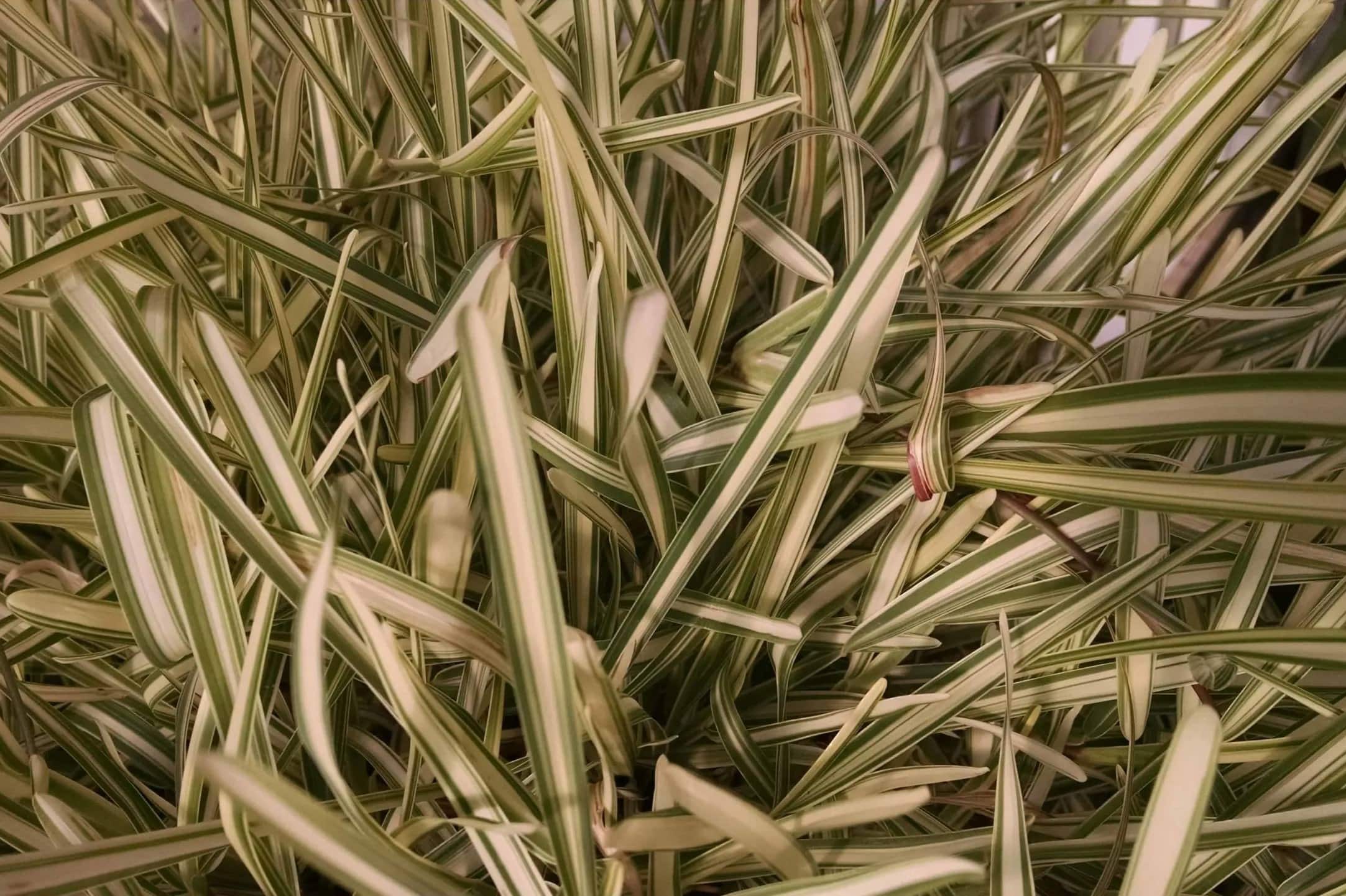
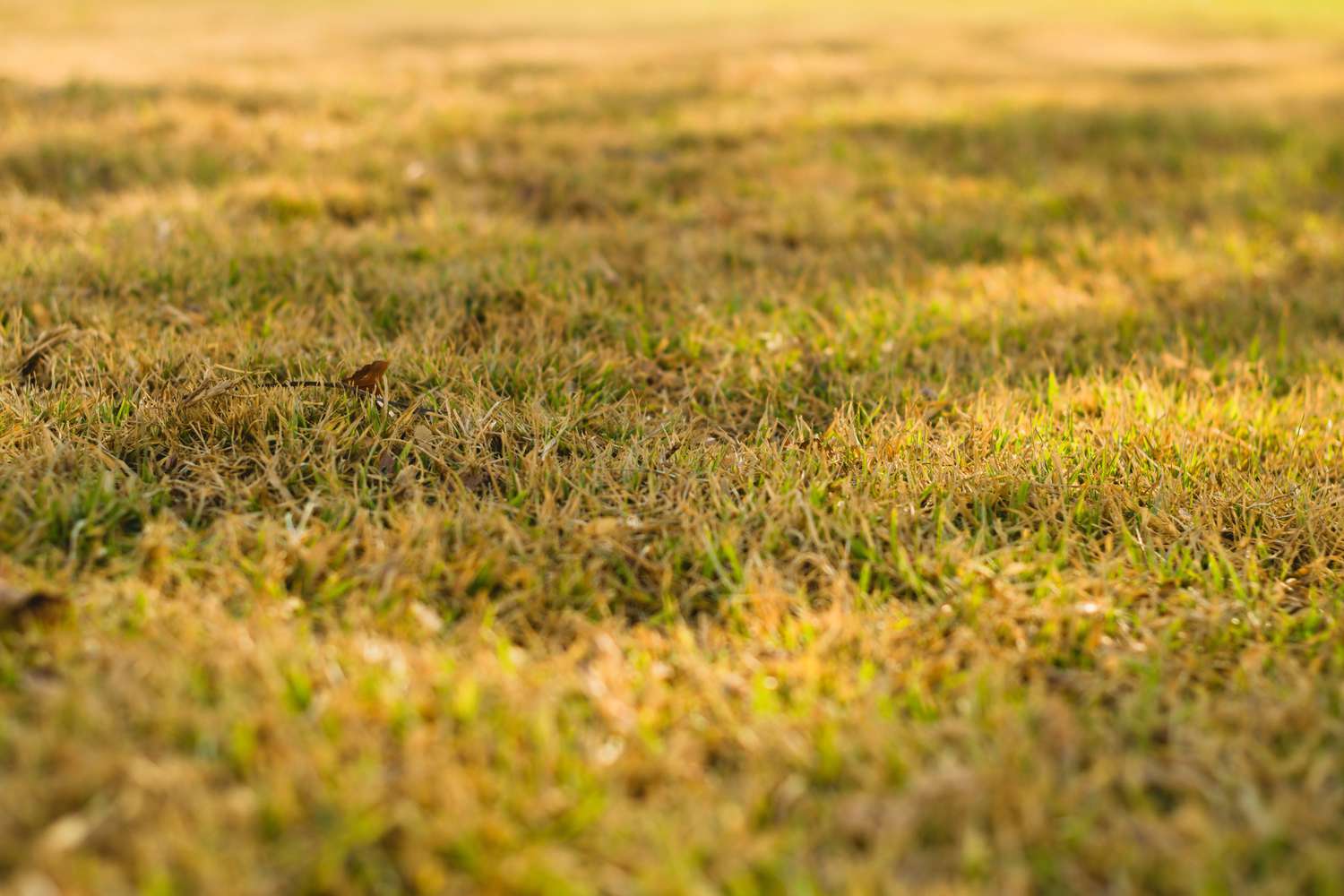
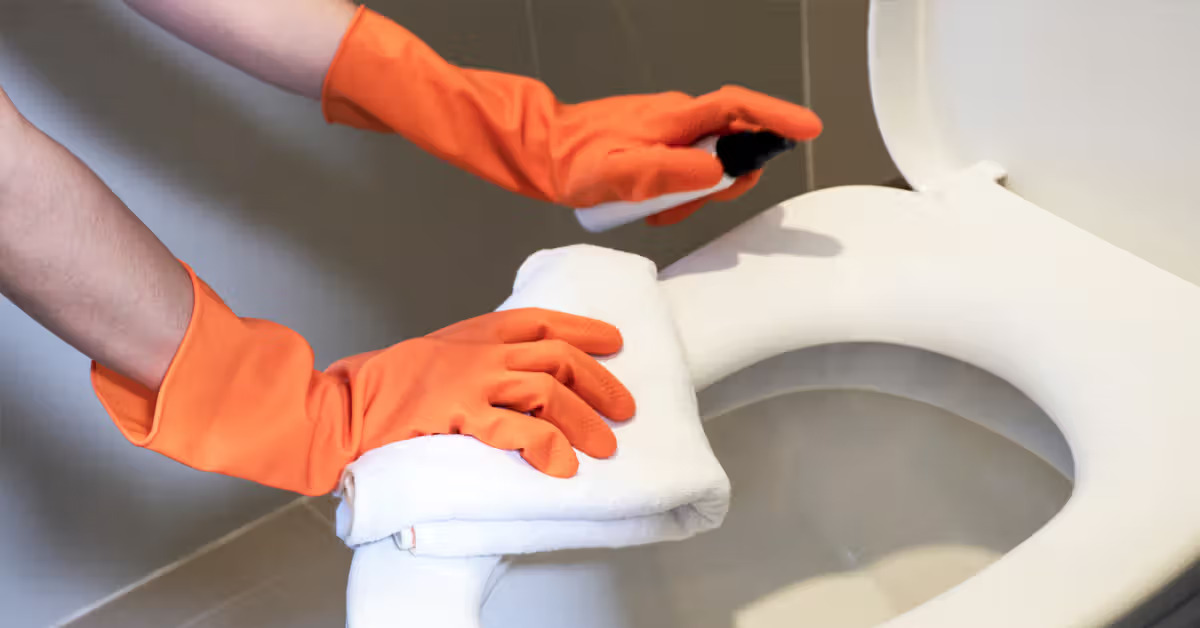
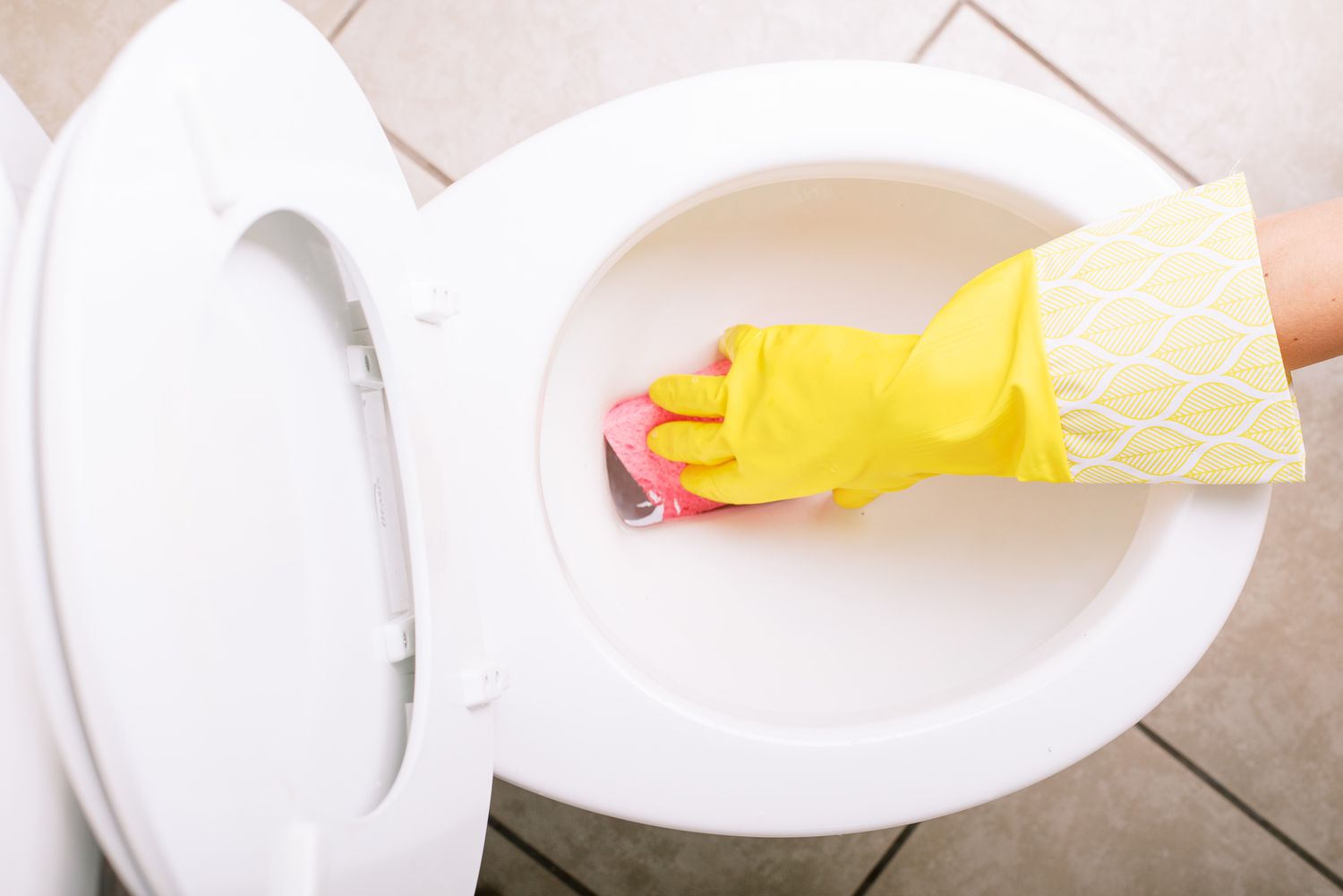
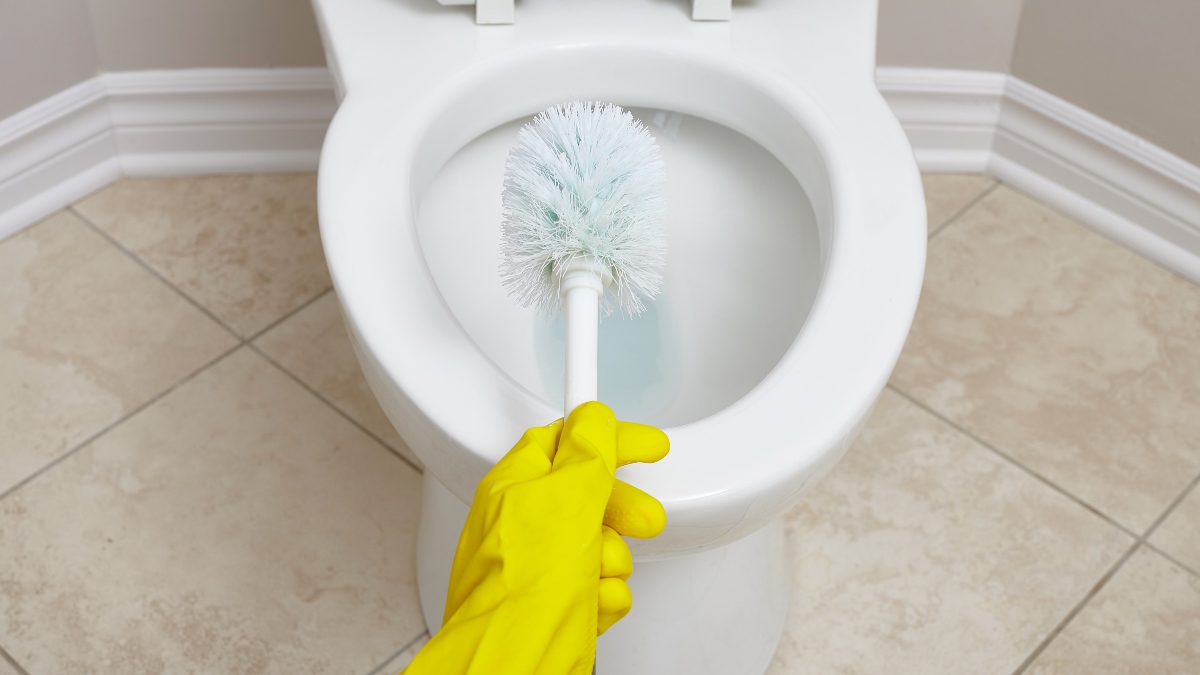



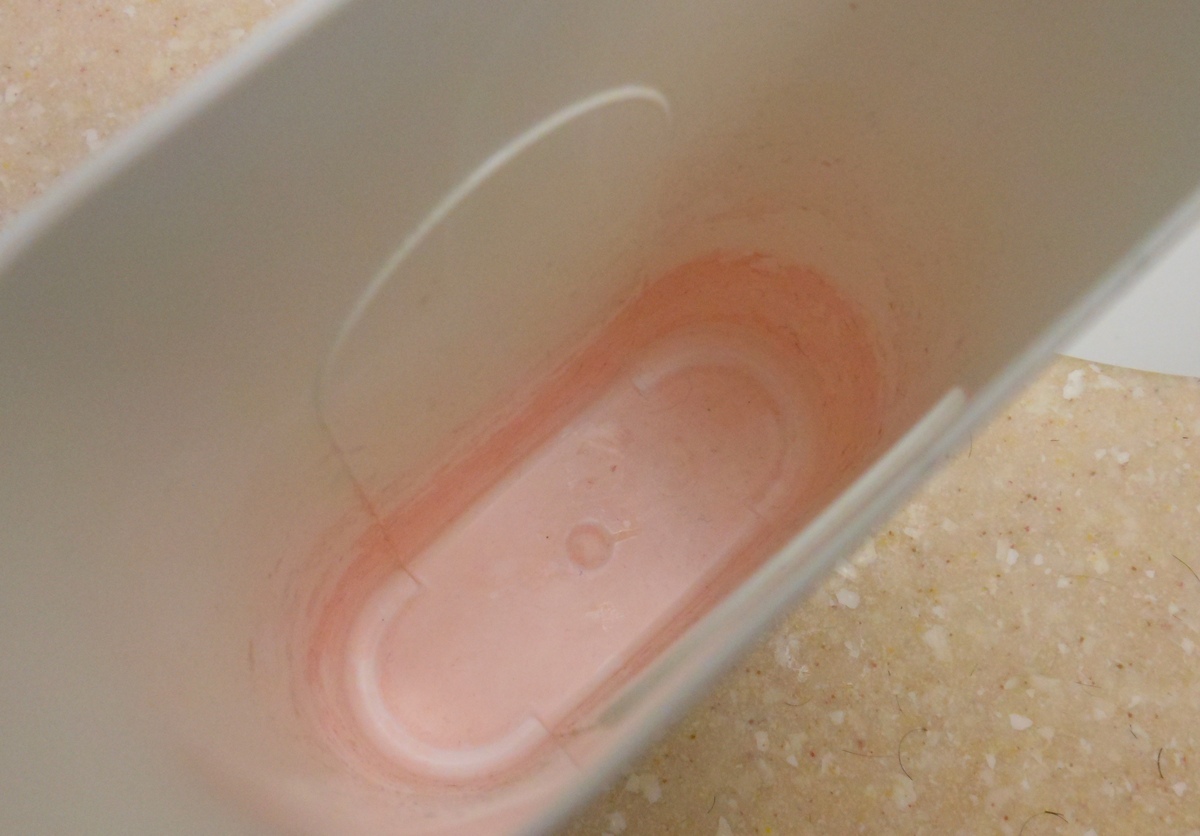

0 thoughts on “Why Does My Toilet Seat Turn Yellow”